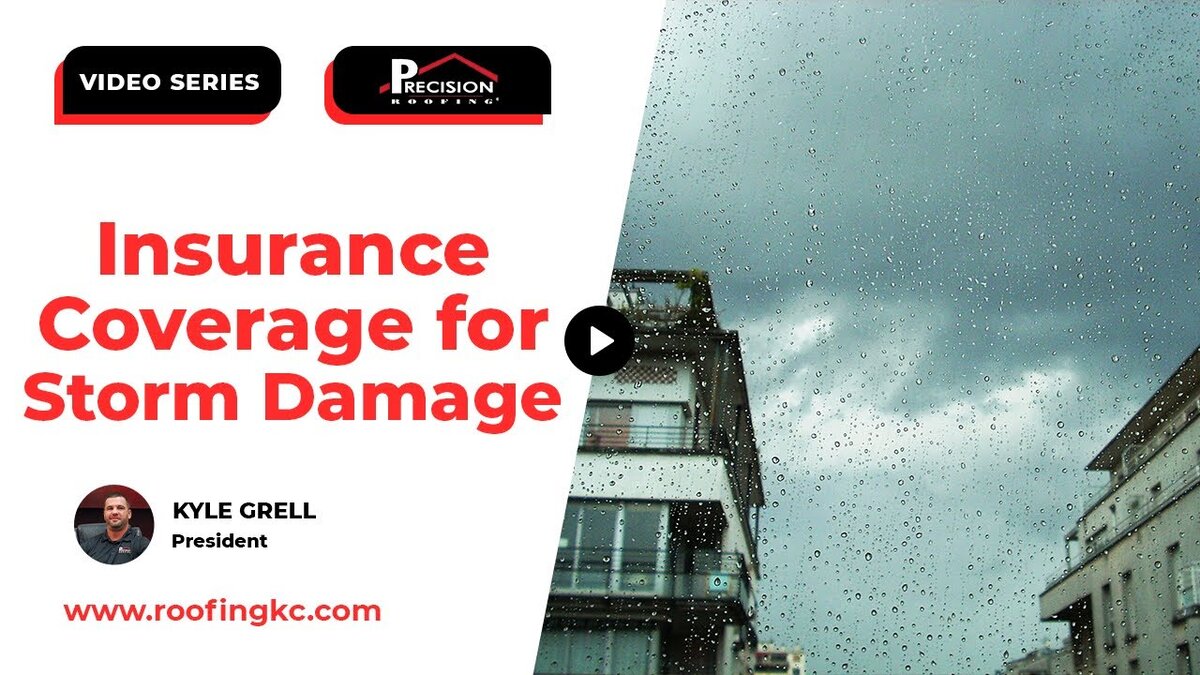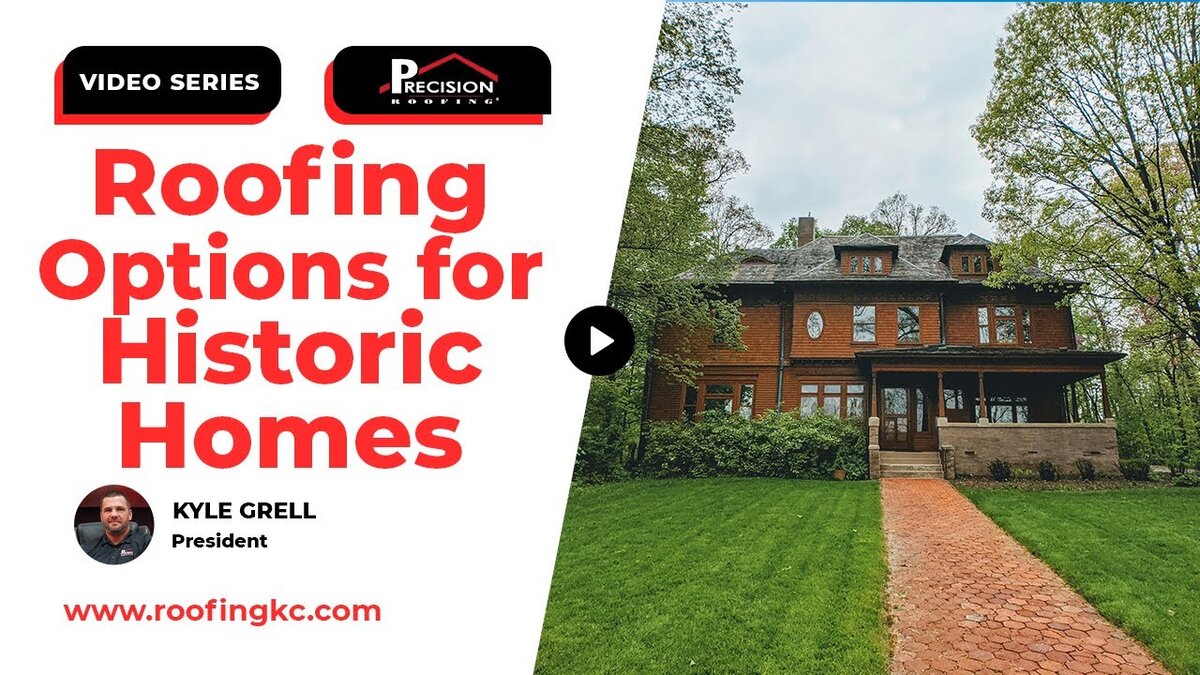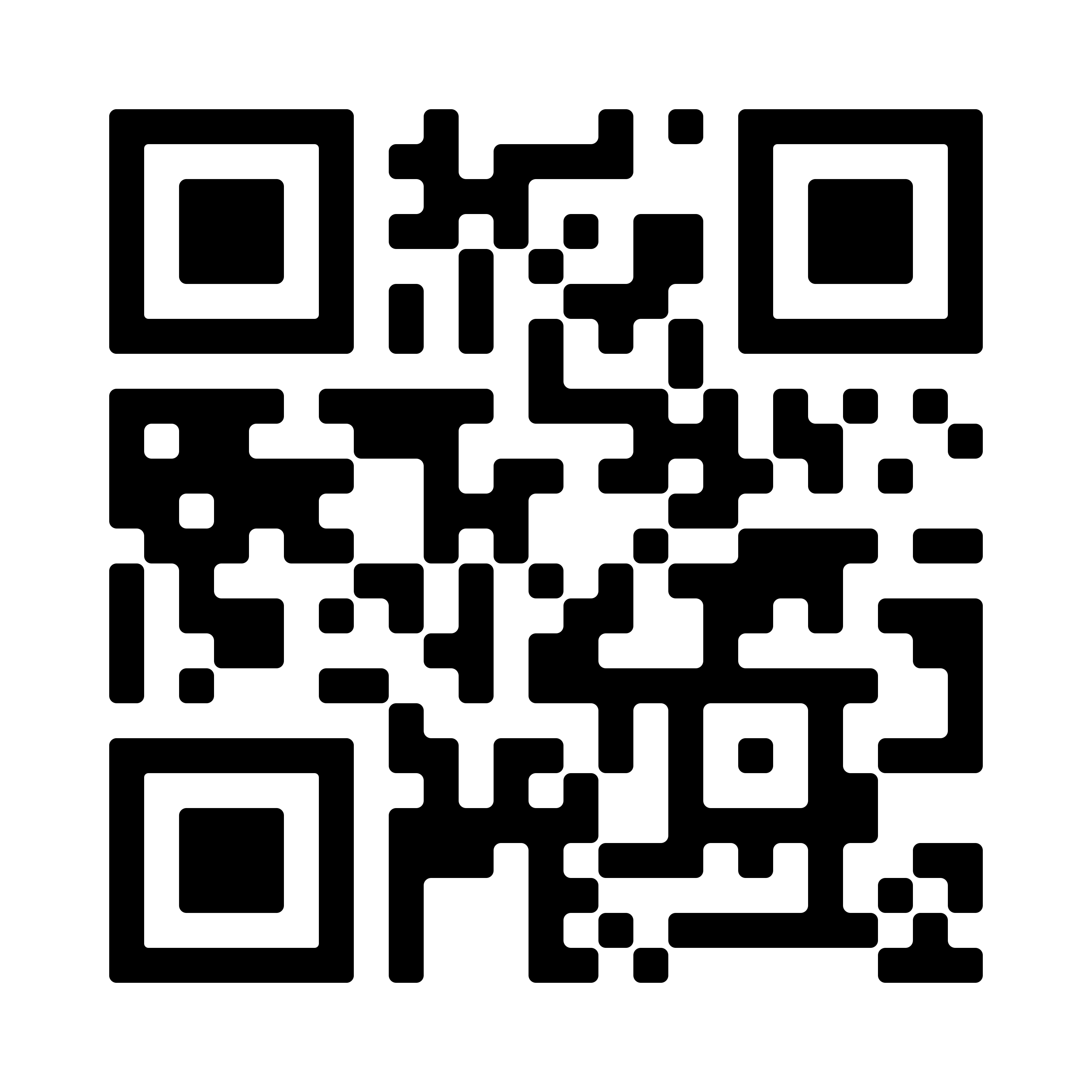Roof leaks can be sneaky, causing damage without a visible sign until it’s too late. To protect your home or business, it’s crucial to spot and fix these leaks promptly. In this guide, we’ll walk you through a systematic approach to locate a roof leak, whether you have a commercial or residential property.
Initial Inspection Inside
Start your search by inspecting the inside of your building. If you have access to an attic or a space with a drop ceiling, this should be your first stop. Use a flashlight and a step ladder to look for any signs of water damage, such as wet insulation or stained sheathing. These clues can indicate the general vicinity of the leak.
Tip: Water can travel a considerable distance from where it initially penetrates the roof to where it shows inside your home. Remember, the place where you see water or dampness might not be directly under the leak.
Examine Common Culprits in Commercial Roofs
For commercial properties, the complexity of the roofing system can make leaks especially tricky to pin down. After your internal inspection, head to the roof. Mark a rough 20 to 25-foot radius around the area directly above where you noticed signs of a leak inside. This marked zone is your primary search area.
Checking Potential Leak Sources
Focus on common problem areas such as:
- Flashings: These are the metal pieces used to seal roof edges, perimeters, corners, and projections.
- Curbs and penetrations: Look around objects that penetrate the roof like vents and equipment.
- Heat welded seams: Check for any signs of seam failures.
- Parapet walls: Inspect the joints and corners where these walls meet the roof.
Residential Roof Inspection
In residential settings, the process is similar to commercial inspections but often involves checking less complex features:
- Attic spaces: Check for any signs of condensation or leaks. Pay attention to bathroom vents. Improperly vented bathroom exhausts that discharge into the attic instead of outdoors can create condensation issues that mimic roof leaks.
Identifying Bathroom Vent Issues
If your inspection points towards a bathroom vent, investigate further:
- Ventilation to the attic: Ensure that bathroom vents expel moisture directly outside. If it’s venting into the attic, this needs to be corrected to prevent moisture build-up.
- Check for condensation: Inadequate air movement in attic spaces can lead to condensation, which might be mistaken for a roof leak.
Locate the Leak from the Roof
Once you’ve inspected internally and identified potential sources of the leak, it’s time to examine the roof externally. Use the information gathered from inside to guide your external inspection. Measure out the areas you’ve identified, and meticulously check each one until you find the culprit.
Tip: Be methodical in your approach. Start from the lowest point of the suspected area and work upwards, as water generally flows downwards.
In Summary
Locating a roof leak can be a daunting task, but by following these steps, you can pinpoint the issue and address it effectively. Remember, dealing with roof leaks promptly can save you from more significant repairs down the line.
If you’re unsure about any part of the process to locate a roof leak or prefer professional assistance, don’t hesitate to contact us for expert help.




